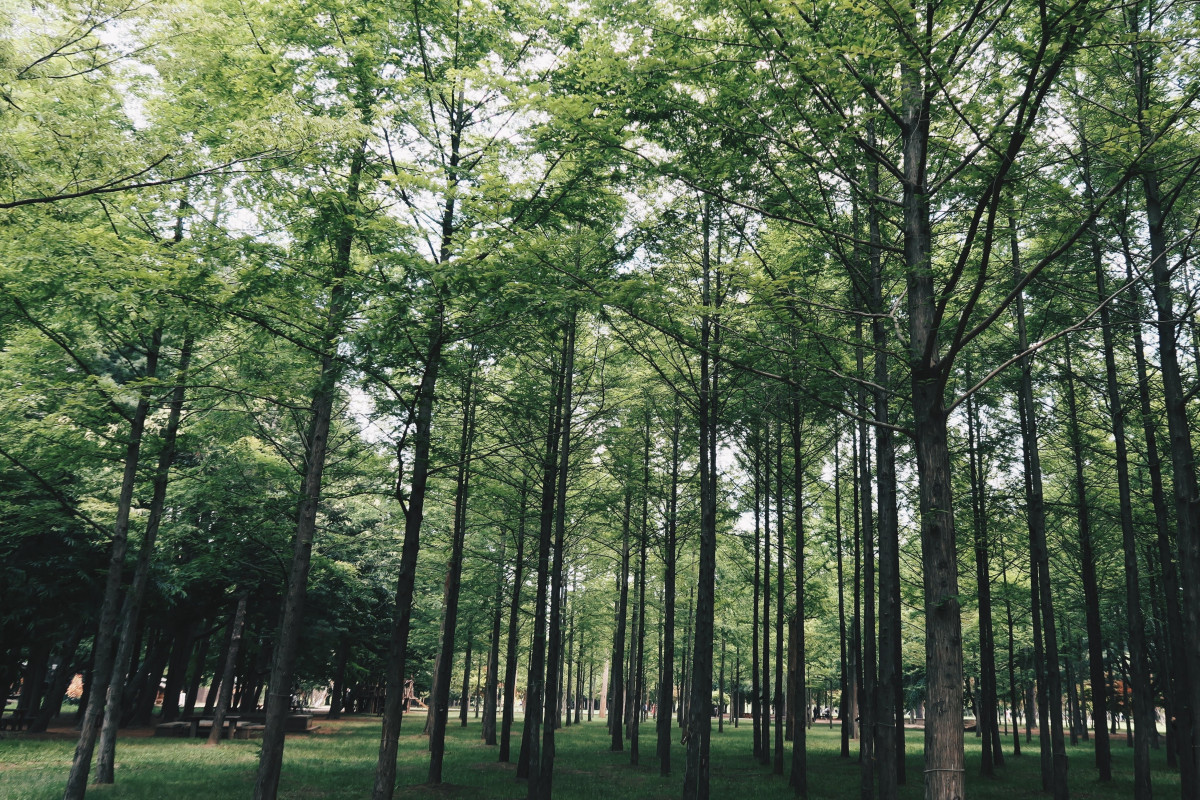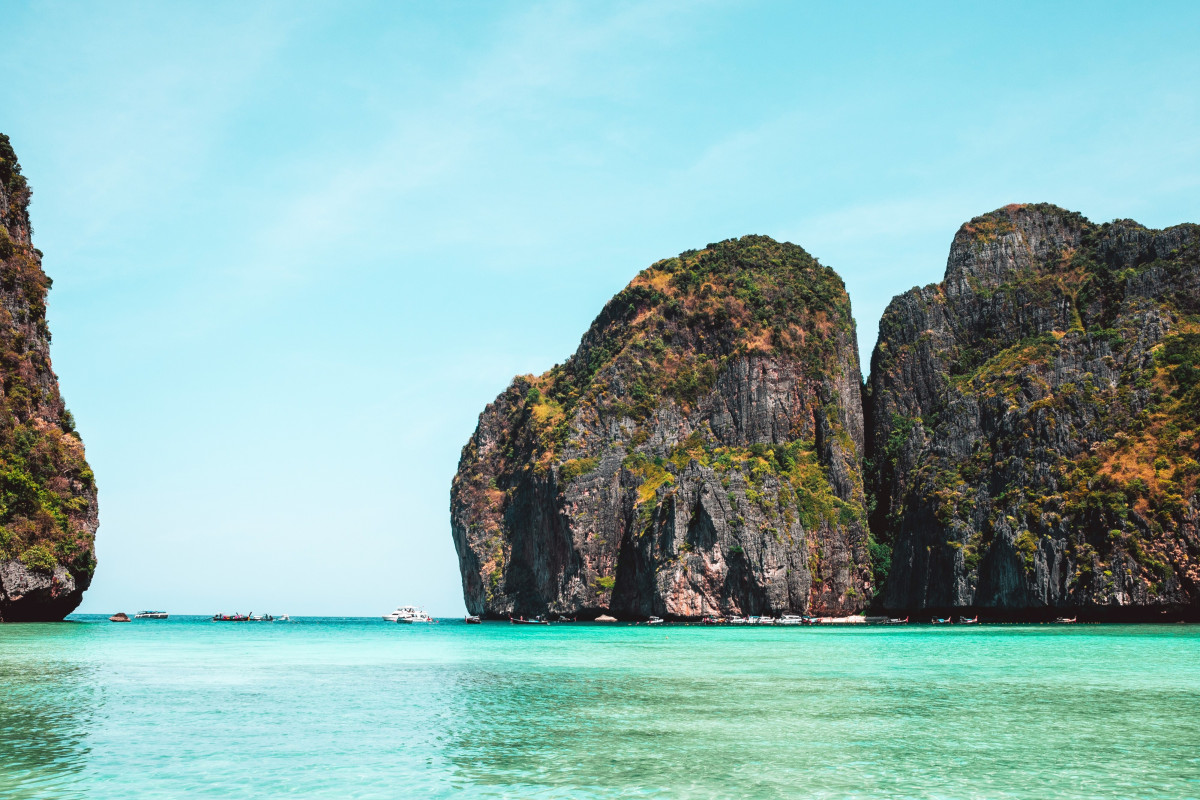The Pleasures and Perils of Set-Jetting: Everything You Need to Know
Be it Squid Game or Game of Thrones: House of the Dragon, we're willing to bet you'd travel to the set of your favourite movie or TV show in 2023.
The set-jetting trend has long been a huge part of travel and tourism. We’ve all had our fantasies of being part of an iconic series on TV, be it a K-drama or a show on HBO. But set-jetting (or taking location vacations) is fast becoming one of the biggest travel trends for international travel in 2023. It picked up as the pandemic years led to a rise in binge-watching, which inspired new ways of journeying once the world reopened. But can it all be picture-perfect?

Table of Contents
- What is Set-Jetting?
- Location Scouts: The Real MVP behind Set-Jetting
- What do Location Scouts do?
- The Pleasure of Set-Jetting
- The Perils of Set-Jetting
- The Environmental Impact of Set-jetting
- Can Set-Jetting be Sustainable?
- MetroResidences Singapore Serviced Apartments—Your Home Base for Travels Beyond
What is Set-Jetting?
The meaning of set-jetting (or taking location vacations) is to travel to destinations that were the filming locations of movies. Think Winter Sonata and Nami Island, or Lord of the Rings and New Zealand. More recent examples include visiting the San Domenico Palace in Taormina, the setting for Season 2 of The White Lotus. Or, a visit to the real-life locations in Tokyo that inspired the hit-anime Your Name.
Location Scouts: The Real MVP behind Set-Jetting
Set-jetting now seems to come on the heels of peak TV, but it wasn’t always like that. The term ‘set-jetting’ was first coined by journalist Gretchen Kelly in the New York Post back in 2008. But back then, movies held more sway in pop culture, before big-named streamers like Netflix and HBOMax came onto the scene. Fans of the movies would flock to the actual filming locations of their favourite movies, wanting to recreate the most memorable scene.
But all this comes at the backs of location scouts. Finding a film location isn’t as easy as finding an Insta-worthy seaside or mountaintop. Location scouts would spend days or weeks travelling to find the perfect key locations for the most important part of the film. That’s because location scouting sets the stage—literally—for the making of the film.

What do Location Scouts do?
It’s usually done in the pre-production stage of filmmaking. But location scouting can happen during or after the scriptwriters, producers, or directors have decided on the scenery they need for the work. Sometimes, the location scout attached to a film project would even start looking for interesting locations to get a database of locations ready beforehand. Sometimes the head of the locations department, the location manager, would even hire a freelance location scout to find new locations when there are changes to the script or the direction of the film.
And that’s not all. A location scout also needs to consider nearly all aspects outside of the actual film production:
- overall aesthetic
- financial viability of shooting at the location
- logistical feasibility, including but not limited to distance from the base of operations or other locations
- availability of facilities to keep crew and talent safe and dry
- availability of electrical power or the feasibility of bringing in generators for lights and electrical equipment.
- available light (indoors or outdoors) and weather conditions (outdoors)
- legal permission from and cooperation with location owners, neighbours, local governments and law enforcement
With that, location scouts make the foundations of movie magic. And now, the screen tourism business is on a roll. Screen tourism has grown into a billion-dollar industry. It’s no wonder why tourism boards across the world would want a piece of the pie. Take Lord of the Rings for example. It’s one of the most successful examples of how the screen tourism business can bring plenty of opportunities, especially for locales with little else to build on.
In 1998, director Peter Jackson spotted Alexander Farm during an aerial scout in New Zealand’s Waikato region. As it became one of the many beautiful filming locations in the Lord of the Rings franchise, the farm began welcoming tours before Hobbiton was built. In 2014, the New Zealand government spending statistics estimated out of the $17.2 billion spent on domestic and international tourism, $142 million was spent visiting Hobbiton.
The Pleasure of Set-Jetting
The set-jetting trend is proving to be an absolute game-changer for tourism. Tourism offices and tourism boards across the world are ditching the travel commercial. Tourism offices now instead leverage the allure of popular movies and TV shows. Expedia found that streamed movies and TV shows are now the top sources of travel inspiration (40%). Streaming platforms have surpassed social media (31%) in their ability to influence travellers, with 68% of them considering visiting a destination after seeing it in a show or movie—a whopping 61% booked a trip.
It’s no surprise. After all, being a part of your favourite movie is one of the most exquisite travel experiences you can have. Instead of just going to your typical tourist trap, you can immerse yourself in the world of your favourite stories and experience what the characters went through. You can learn more about how the local culture, traditions, and history inspired the scene too.
Set-jetting can also bring economic opportunities to the local communities where the filming locations are. This trend can increase tourism in the area, generating income and job opportunities for local businesses and residents. Overall, set-jetting can provide an exciting and memorable travel experience while benefiting local communities.

The Perils of Set-Jetting
You know what they say: with great power, comes great responsibility. All these economic opportunities can come at a cost. Because large swathes of tourists descending onto filming locations can disrupt the lives of local residents and communities.
Take Dubrovnik, Croatia, for example. After the release of Game of Thrones, 1 million visitors visited the historic city in 2019. The city centre began to gentrify, with many traditional shops and restaurants replaced by souvenir shops and cafes catering to tourists. As a result, the city was losing its authentic character, and its cultural heritage was being eroded. The surge in tourists raised real estate prices as well. Locals now find it challenging to afford housing in the city centre as it’s now filled with hotel rooms and serviced apartments instead. So, in the end, large corporations were able to financially exploit local communities.
The ancient city of Dubrovnik faced a potential threat to its timeless way of life. As the influx of tourists surged, the locals became dependent on the industry for their daily bread and butter. People shifted away from traditional occupations, such as fishing and agriculture, to ride the tourism boom. The shift had an impact on local culture and traditions, as younger generations were less inclined to inherit and carry on the practices of their forefathers.

The Environmental Impact of Set-jetting
The environmental impact of set-jetting can be devastating too. For example, Maya Beach was made famous by Danny Boyle’s 2000 film The Beach, which starred Leonardo Dicaprio. At the height of its popularity, it had 5,000 visitors every day.
But pollution from litter, boats, and sun cream destroyed over 80% of the coral around Maya Bay. Yet for years, Thai authorities were reluctant to shut down the beach because the location generates about 400 million baht (SGD15 million in today’s value) in revenue a year, even as there was mounting evidence of the damage. The Thai Government finally closed the beach indefinitely in June 2018 to allow it to recover from the ecological damage of mass tourism.
Since then, Maya has returned to its pristine glory. Over 30,000 colonies of corals are now growing undisturbed, and underneath the clear water, blacktip reef sharks have returned—at least 160 of them were seen during a drone flight in December 2021.
Can Set-Jetting be Sustainable?
But there is hope. The key lies in the responsible management of these locations. In February 2022, Thai authorities decided to reopen Maya Beach, along with a slate of new rules to ensure the area remains protected. Tourists now need to make prior reservations before visiting, and the beach can only have 375 people at one time during its operating hours between 7am and 6pm.
Passenger boats heading to the location are required to dock in a specific area behind the bay. From there, a lengthy wooden pathway guides visitors to the renowned beach. At the bay, tourists can only spend up to one hour, and swimming is no longer permitted.
But beyond that, it calls for us to take a more mindful approach towards our international travel. When we visit a charming town, let us be conscious of the local community. When we visit historical locations, let us remember the lessons from the past. When we see beautiful vistas, let us remind ourselves of how precious life is.
About the Writer: Benedict Lim
As the resident punmaker, Benedict is really bad at making people laugh. They’re much better at diving into the nuances of the things they write about.

MetroResidences Singapore Serviced Apartments—Your Home Base for Travels Beyond
Looking for your home away from home? Our Singapore apartment rentals and serviced apartments are perfect for a longer period of stay. We have properties in luxury developments across Singapore’s most coveted addresses: Bugis, Bukit Timah, Shenton Way, and Novena.
And, you can rest easy at any of our properties. We adhere to our strict Property Standards that account for the comfort and cleanliness of all our serviced apartments. Our fully-furnished apartments come with amenities like wi-fi, air conditioners, and a fully-equipped kitchen.




